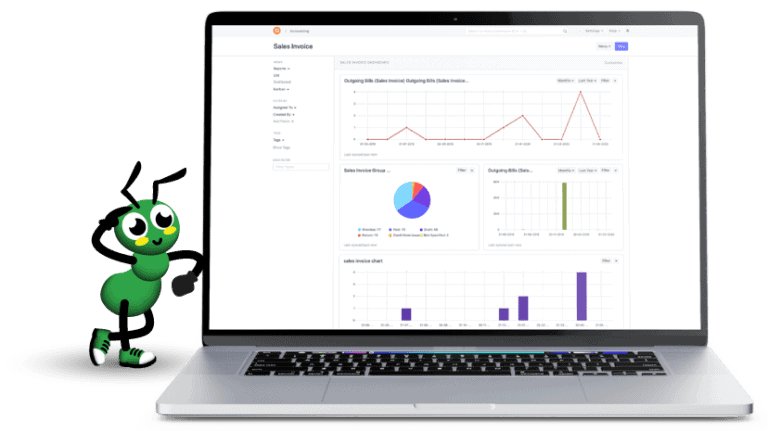Change is inevitable, but in distribution, it is also necessary.
Change promotes competition and improves client relationships, allowing you to expand your distribution.
The latest change comes in the form of digital integration. As each phase of your supply chain digitizes, tracks, and monitors its processes to accelerate operations, you need to do so too.
Digital transformation also means that you can continue to operate without any barriers in an increasingly digital ecosystem.
However, how to effectively implement digital transformation in distribution?
We reveal the five steps in a successful digital transformation roadmap below.
Why You Need a Digital Transformation Roadmap?
Once you’ve decided to digitize your distribution, tracking and reporting, why not just make a change? The short answer is cost. You will spend more time and money without a plan than with a plan.
Without proper planning and procedures to implement changes, switching to digital platforms alone will cause your business to suffer significant revenue losses.
Also, with large-scale transformations, you need to make sure each department works in synchronicity and has aligned their goals so you don’t run into ongoing complications.
Five Steps to Developing a Digital Transformation Roadmap
Preparation is critical to a successful digital transformation. These five steps outline the actions you need to take before you launch your transformation.
1. Assessing Digital Capacity
Digital transformation begins with grading A points. You need to determine how advanced – or incompetent – your talents are. This assessment will give you insight into where you need to improve your digital capacity and help you develop a roadmap that will end in complete digitization.
2. Gap Identification
Even if you have taken steps to increase your digital capacity, there may still be glaring gaps that make comprehensive digital transformation a challenge. Therefore, once you have determined your digital capacity, review your assessment to determine what the gaps are.
These gaps can be in the form of departmental expertise levels, inappropriate infrastructure, lack of proper IT support, or direction of senior managers to oversee the transformation.
3. Establish Relationships with IT to Focus on Customers
Digitization doesn’t mean you have to lose focus on your customers.
Given that customer experience is an important metric for determining the health of your business, relationship building and customer satisfaction should be the foundation of your digital transformation and should be incorporated into every department’s digital strategy.
4. Invest in Value-Adding Core Systems
Considering the costs associated with a successful digital transformation, it is important to focus on acquiring systems that deliver results quickly.
Now the selection process begins.
Distributors need digital solutions that allow them to assess and track metrics that are important to their business. Therefore, the ideal solution is software designed for distributors’ needs. The core system should have features like automation, integration and versatility built into it.
5. Track Your Quick Wins
After implementing your core system, start chasing quick wins.
Quick wins ensure every department can see how digital transformation has benefited the company, clients and employees.
You can determine what your quick wins are by tracking the improvements made since digitizing. You can also assess quick wins by developing early KPIs that result in meaningful long-term progress.
You should not delay the digitization process as a distributor. Every day when you’re not using distributor software is a day your competitors gain an edge. Even if you don’t care about your competitors, having a clear digital transformation roadmap also means you have insights into analytics that can help you save costs and maximize resources.
What to do Next:
To help you transition to superior distributor software, our team is on hand to provide consultation and guidance. Enables you to start implementing our transformative ERP software in your business. Our ERP software helps distributors worldwide meet their goals and simplify their processes.



